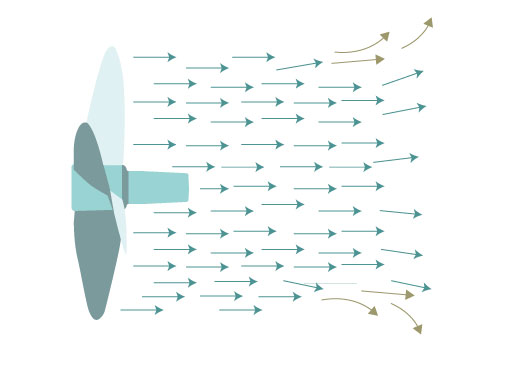
In essence, a boat propeller is a sophisticated device that efficiently moves water backward and creates pressure differences around its blades, resulting in the forward thrust needed to propel the vessel through the water.
- Pitch: The pitch of a propeller is the theoretical distance it would move forward in one complete revolution if it were “screwing” through a solid medium (like wood). In water, there’s always some “slip” because water is a fluid, so the actual distance traveled is less than the theoretical pitch.
- Diameter: The overall width of the propeller, which affects the amount of water it can interact with.
- Number of Blades: Propellers can have varying numbers of blades (2, 3, 4, or more). More blades generally provide more thrust and smoother operation but can also increase drag.
- Cavitation: This is a phenomenon where rapid pressure drops around the propeller blades cause vapor bubbles to form in the water. When these bubbles collapse, they can cause noise, vibration, and even damage to the propeller blades.
- Engine Torque to Thrust: The engine provides rotational power (torque) to the propeller shaft. The propeller’s design effectively converts this rotational torque into linear thrust to propel the boat.
